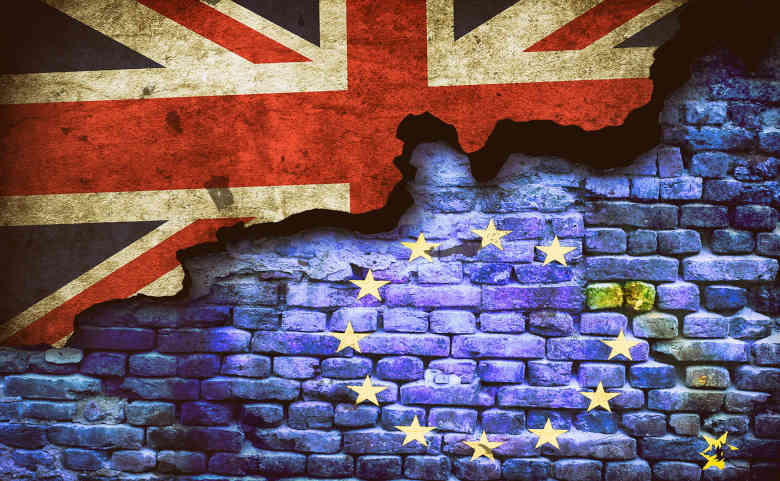Briefings for Britain, May 26, Catherine McBride
Yet again The Guardian has a dubious story about the cost of Brexit. This time they are claiming that Brexit food trade barriers have cost UK households £7bn, report finds. The Independent’s headline on the same story is more attention grabbing – Your Brexit bill: The staggering cost of ‘Leave’ for every British household. Both stories are based on a new report but neither newspaper examined it in any depth, nor did they question whether its findings were true.
The report, an updated paper from the Centre for Economic Performance (CEP) at the London School of Economics is almost performance art in its elaborate model for what they claim is an ‘empirical’ study to explain the increase in consumer food prices due to Brexit. What the authors failed to realise is that a much simpler test of their hypothesis is readily available – actual trade data.
In fairness, the CEP paper did conclude that there is only ‘strong evidence that Brexit is the driving force behind these [inflationary] effects’, and it is the newspapers who have skipped over that qualification and highlighted the CEP’s claim that Brexit has cost UK households £7 billion in higher food bills. But why did neither the newspaper journalists nor the economists at the CEP ever think to look at actual trade data from the EU food exporting countries?
The CEP paper claims that UK food price rises would be 8 percentage points lower if the UK had remained in the EU. They blame this on the introduction of non-tariff barriers, but they come to this conclusion without looking at what has happened to the price of EU food exported to other destinations.
The CEP paper makes seven Key findings, I am going to start with their fourth as it appears to be where I think their analysis went wrong.
Click here to read the piece in full.

